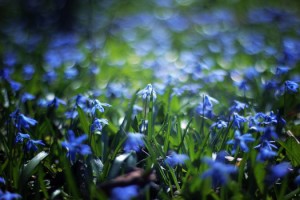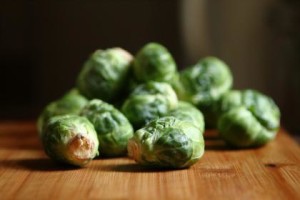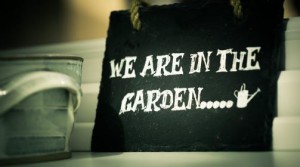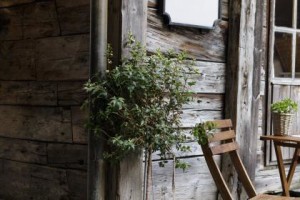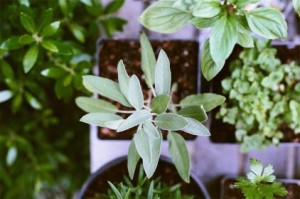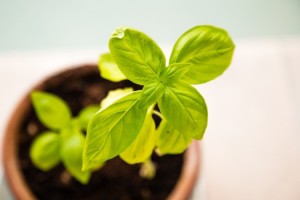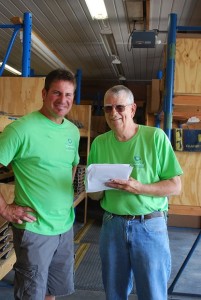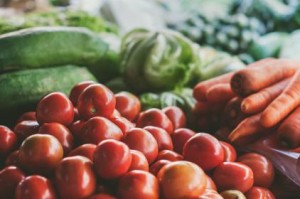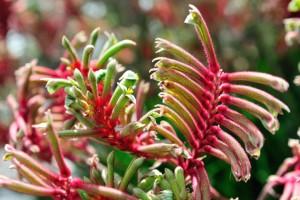Claiming the Benefits of Gardening as Your Own
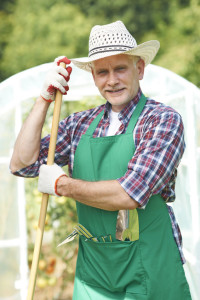 Regardless of your age, race or socioeconomic status, the pressure of modern living is a reality. So how do you deal with the stress of daily living? Many find that regular exercise is helpful. However you don’t have to be a triathlete in order to gain the de-stressing that comes through physical activity. A formal study now shows that improved mental health is one of the many benefits of gardening.
Regardless of your age, race or socioeconomic status, the pressure of modern living is a reality. So how do you deal with the stress of daily living? Many find that regular exercise is helpful. However you don’t have to be a triathlete in order to gain the de-stressing that comes through physical activity. A formal study now shows that improved mental health is one of the many benefits of gardening.
The Study
The study was performed through the University of Florida. In it, researchers compared outcomes for 23 healthy women and a control group to see how regular gardening sessions impacted brain activity and emotional outlook. Women in the study participated in group gardening two times per week for six weeks. Researchers used brain scans and other mental health measures in order to determine baseline data before the gardening sessions started and then again at the conclusion of the six-week study period.
The Results
At the end of the study, researchers found that the ladies who took part in the group gardening activities showed evidence of greater energy, less stress, more friendliness and lowered anxiety in comparison to those in the control group. The benefits of gardening were due to several factors. Exercise was certainly one of those factors. But having to make plans about where to plant and how to care for plants also figured into the improved wellness equation. Simply interacting with growing things also yielded positive results.
Implications
Researchers admit that the small size of the study group establishes it as an introductory investigation. They hope to conduct a larger scale study in the future. However, the results appear clear enough to draw conclusions. After all, many people recognize the benefits of gardening almost intuitively. Being outside, watching things grow, interacting with others – these are all things that people readily accept as contributing to an overall sense of well-being.
Other Benefits of Gardening
While gardening certainly seems to qualify as a healthy coping mechanism for dealing with stress, it also offers other benefits. More nutritious eating, for one. Having bounty to share with others is another. Opportunities to learn and problem-solve also make the list of benefits.
So if life is leaving you feeling stressed perhaps it’s time to consider taking up gardening. But even if you don’t feel tense, the many benefits of gardening are enough to invite investing in a trowel, some gloves and a few plant markers. At Kincaid Plant Markers we recommend gardening for all the reasons stated above and more. Gardening is enjoyable.and it makes the world a better place. We hope you’ll check out our website and order your first set of quality plant markers and begin reaping those benefits in your own life.

